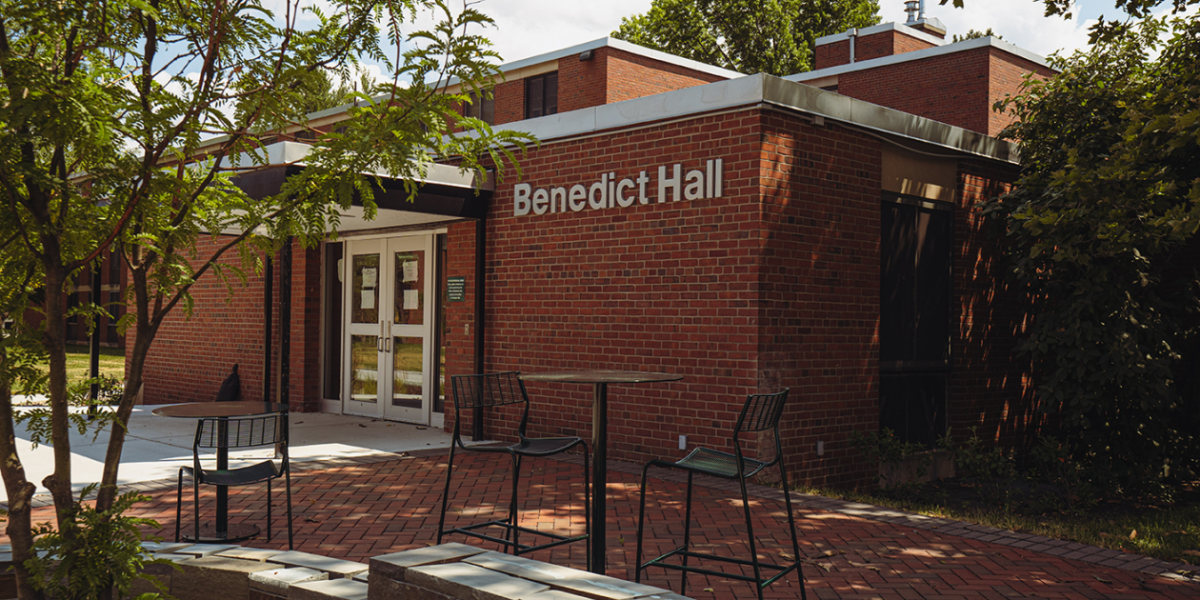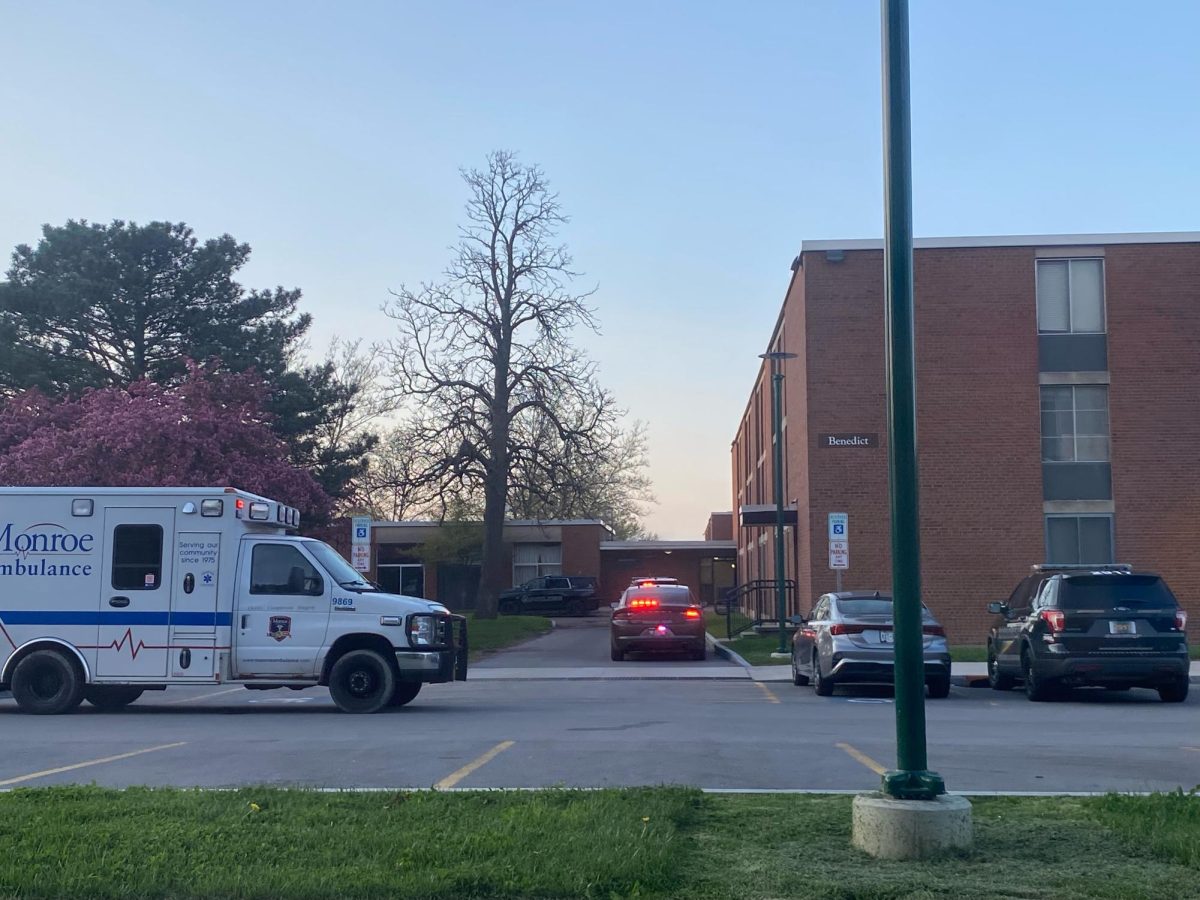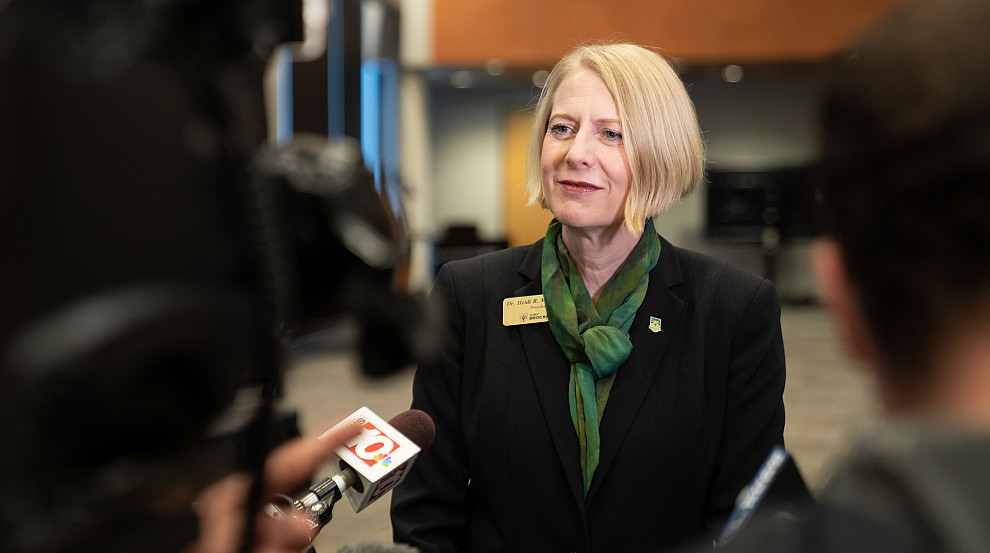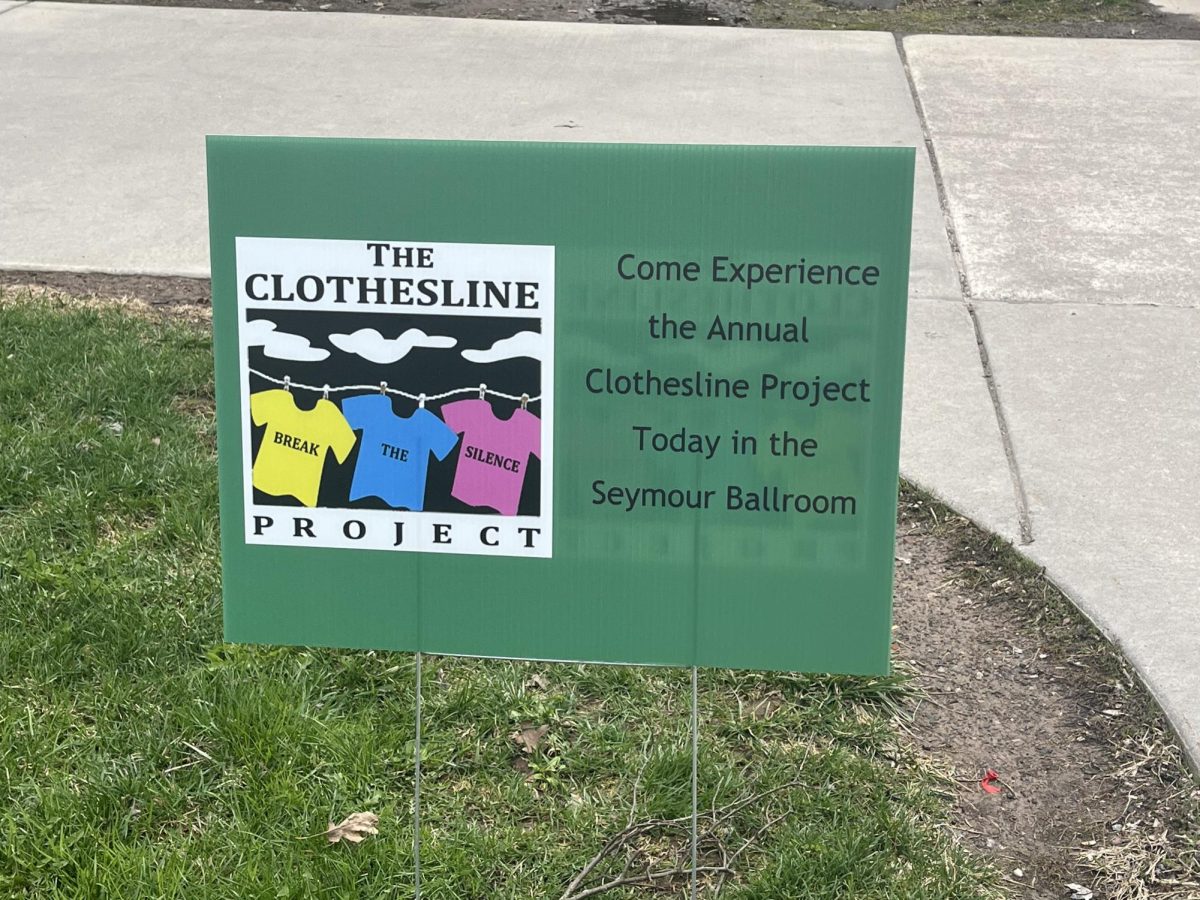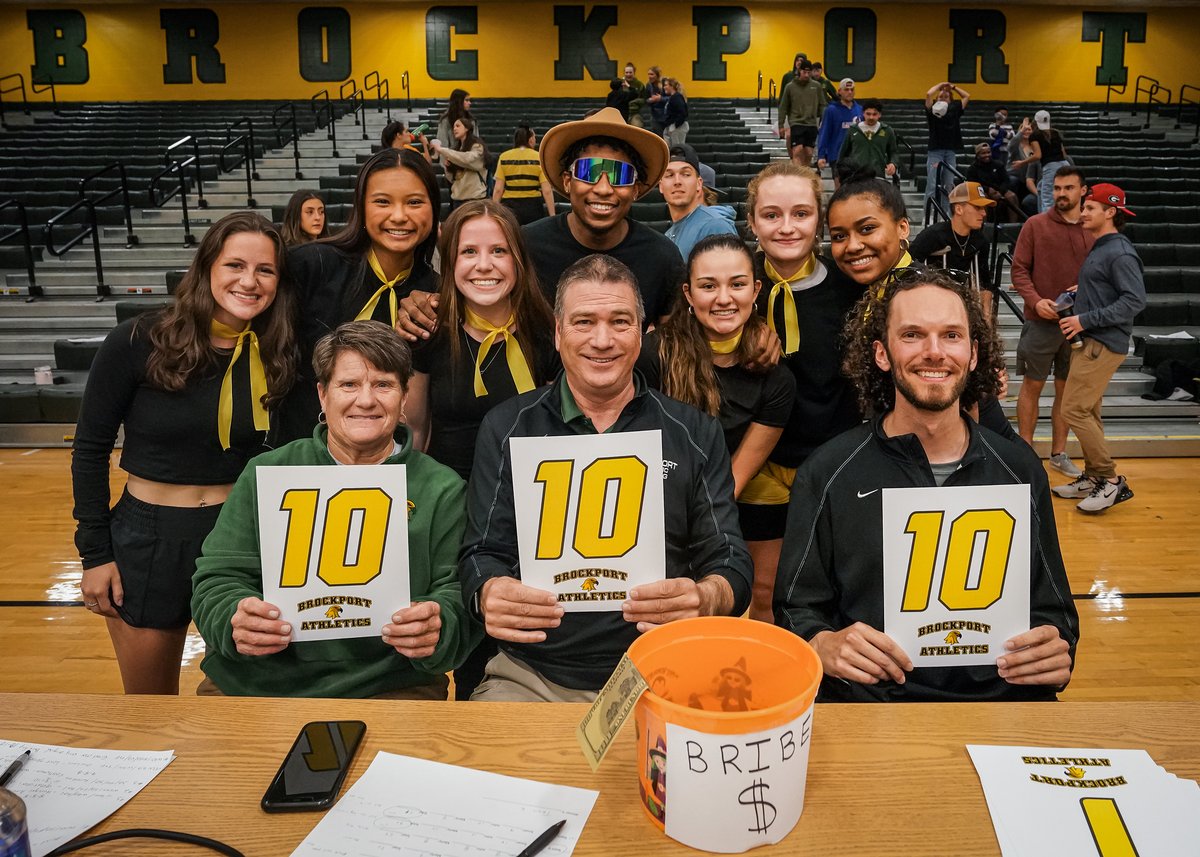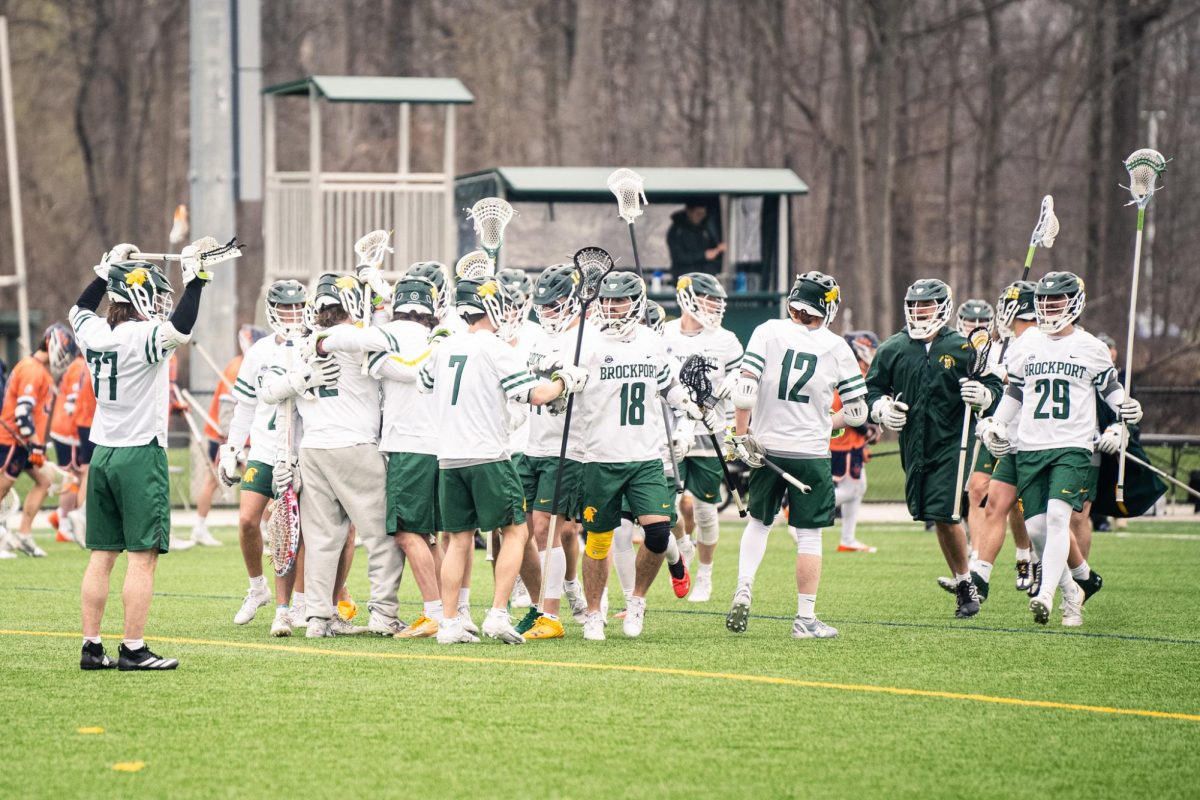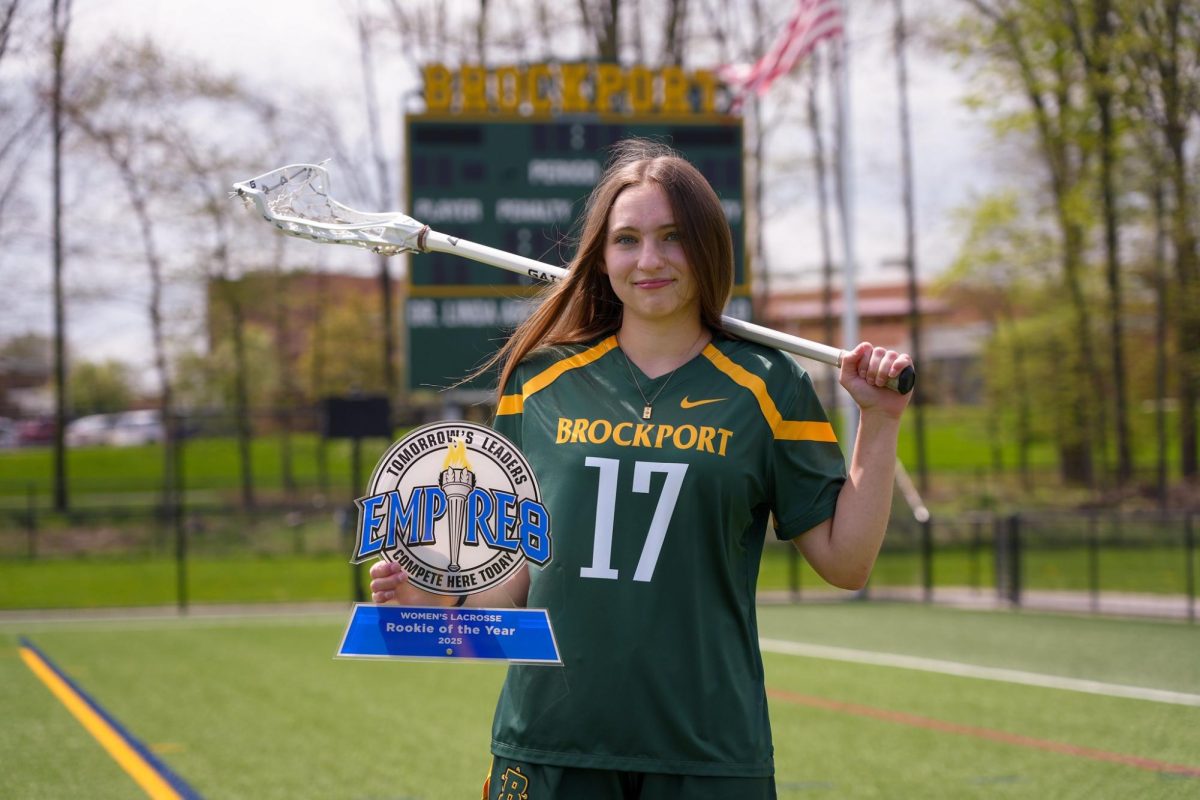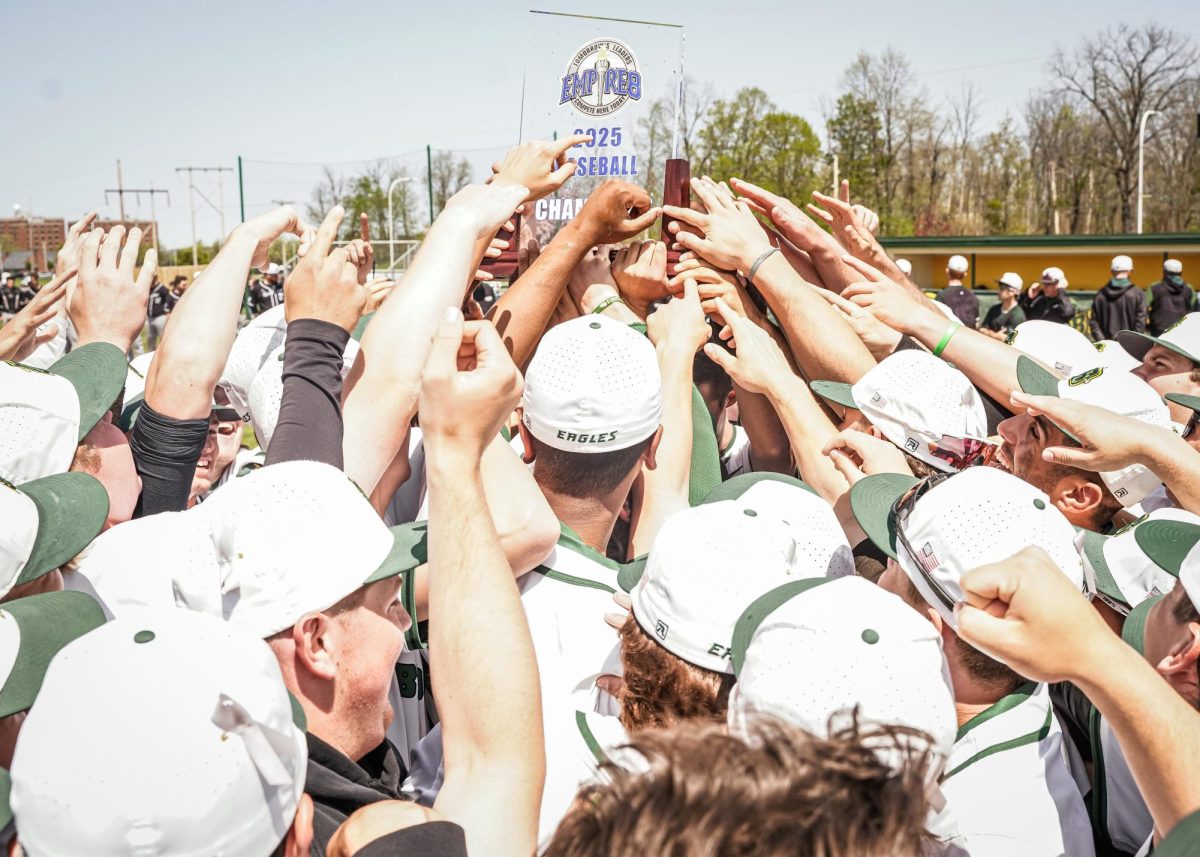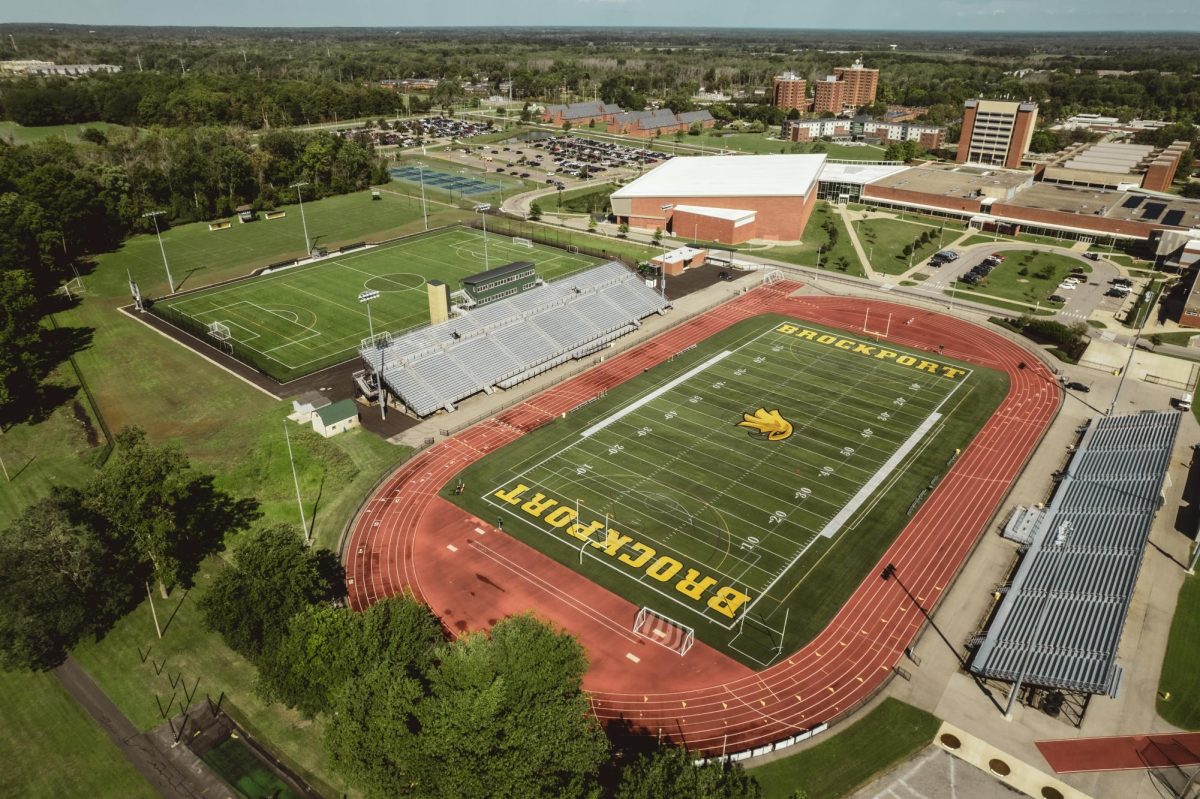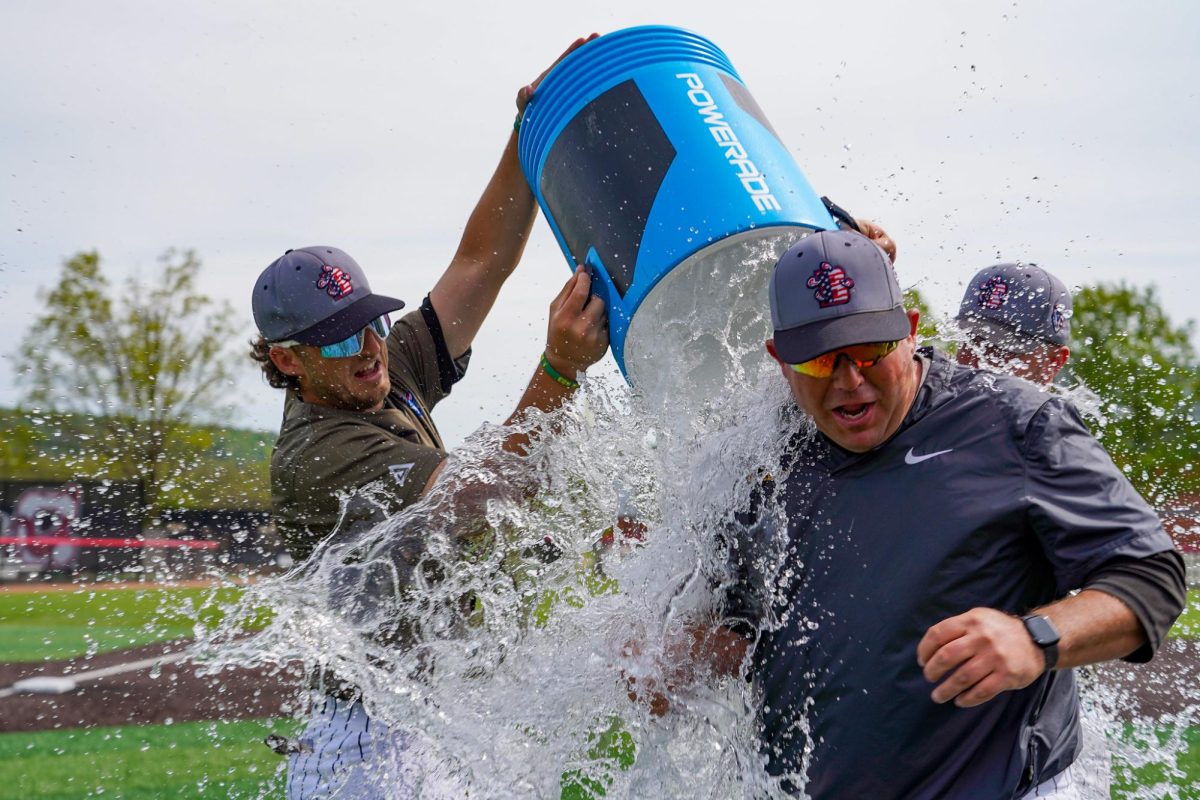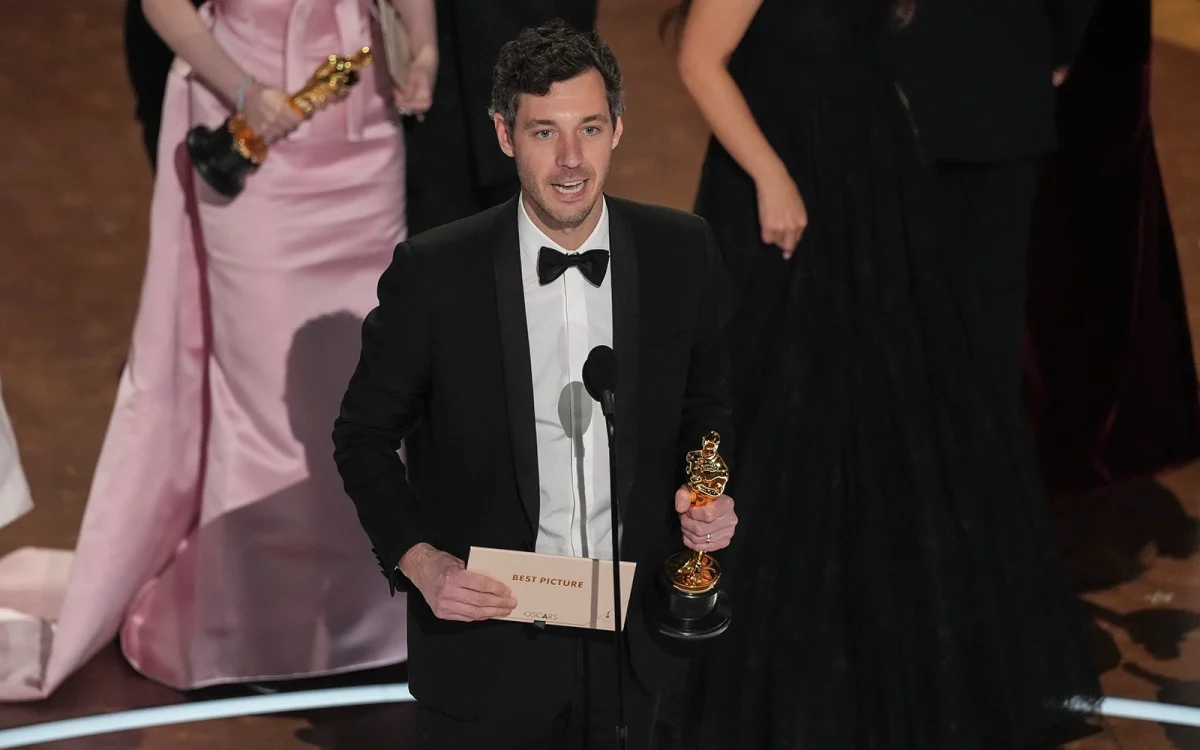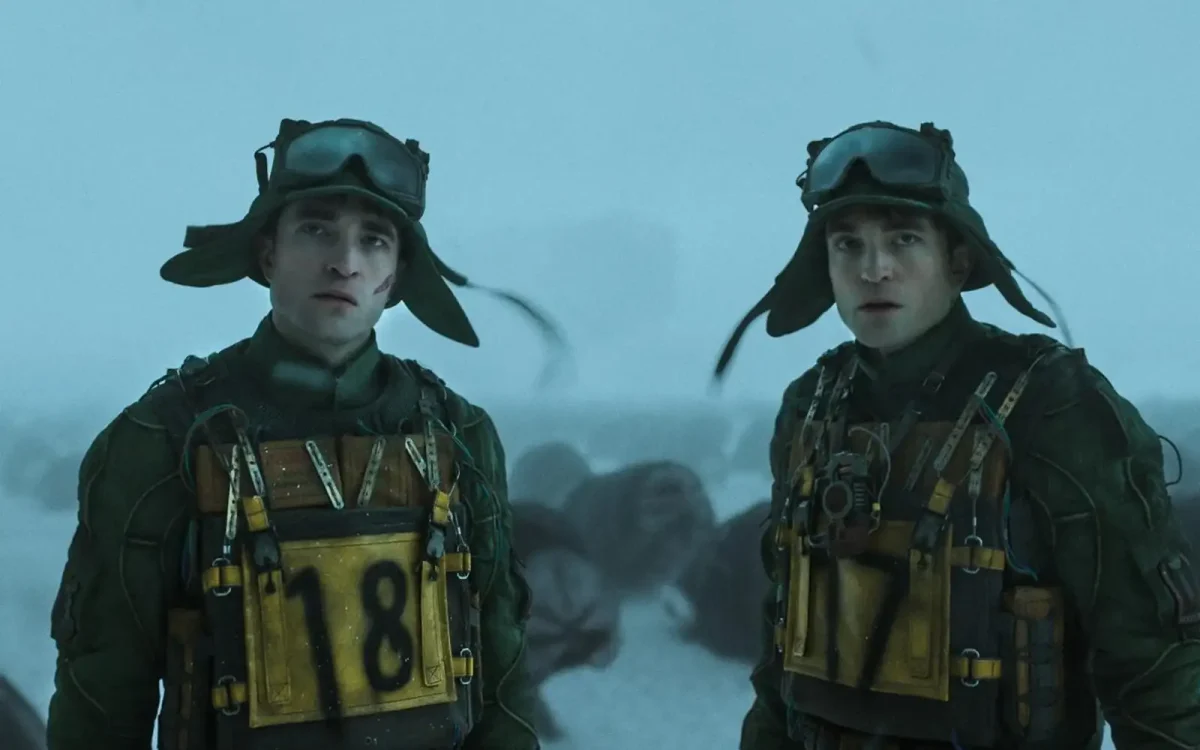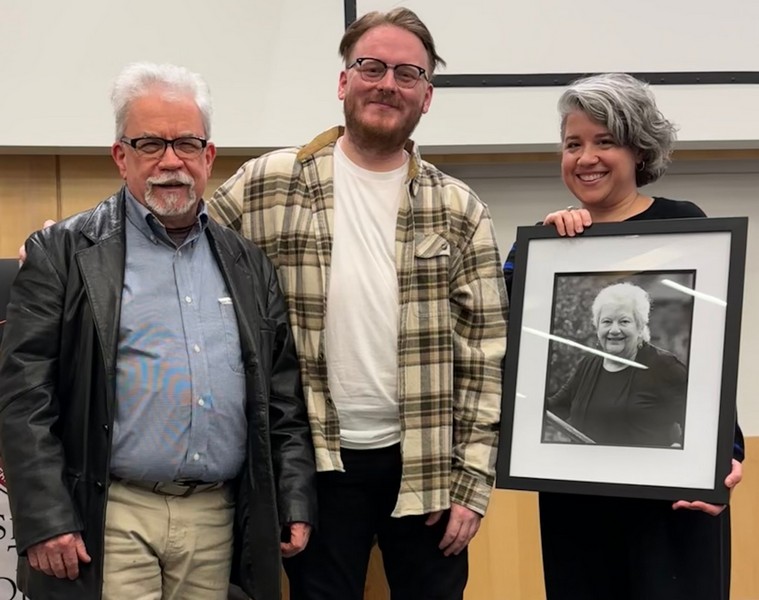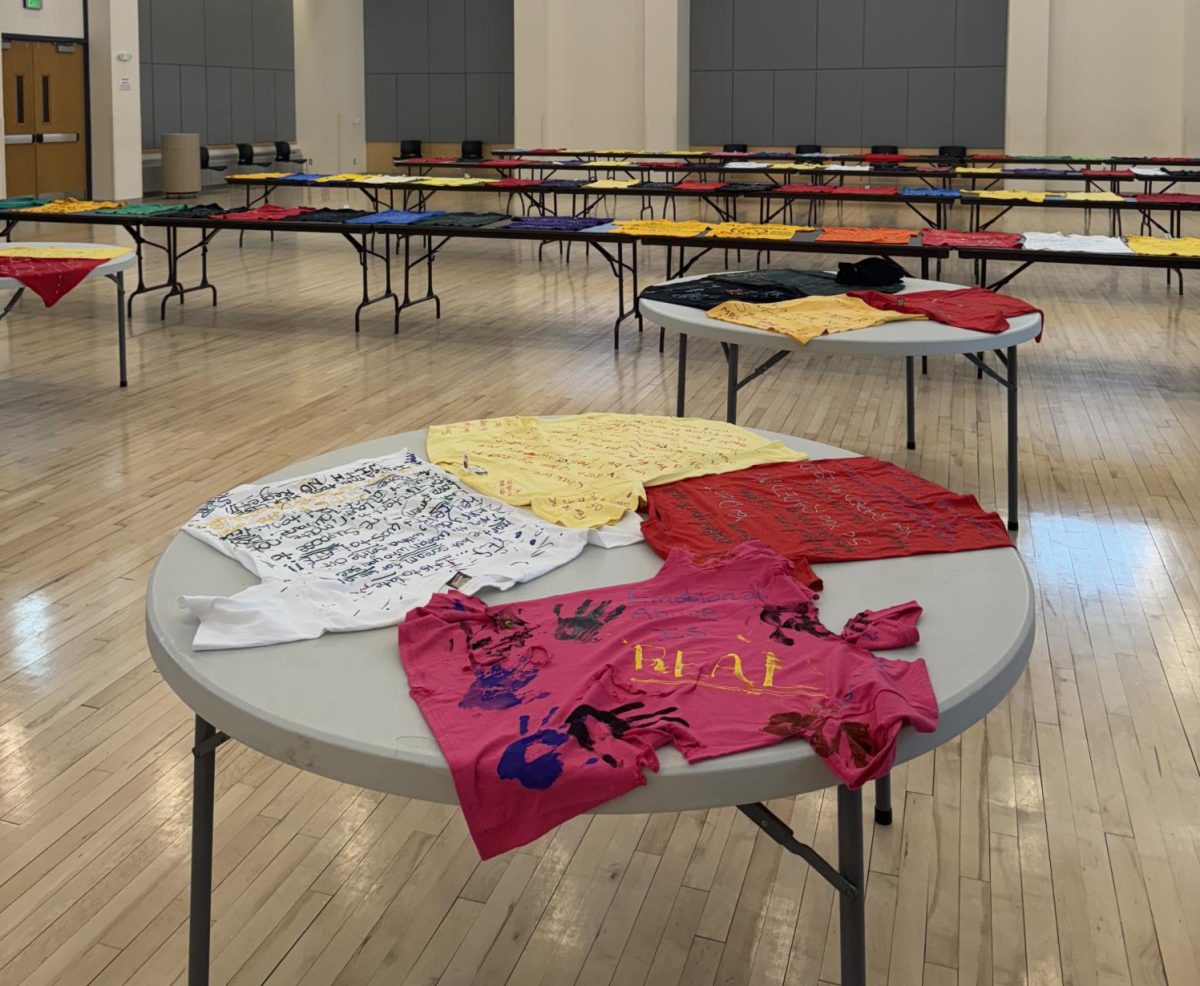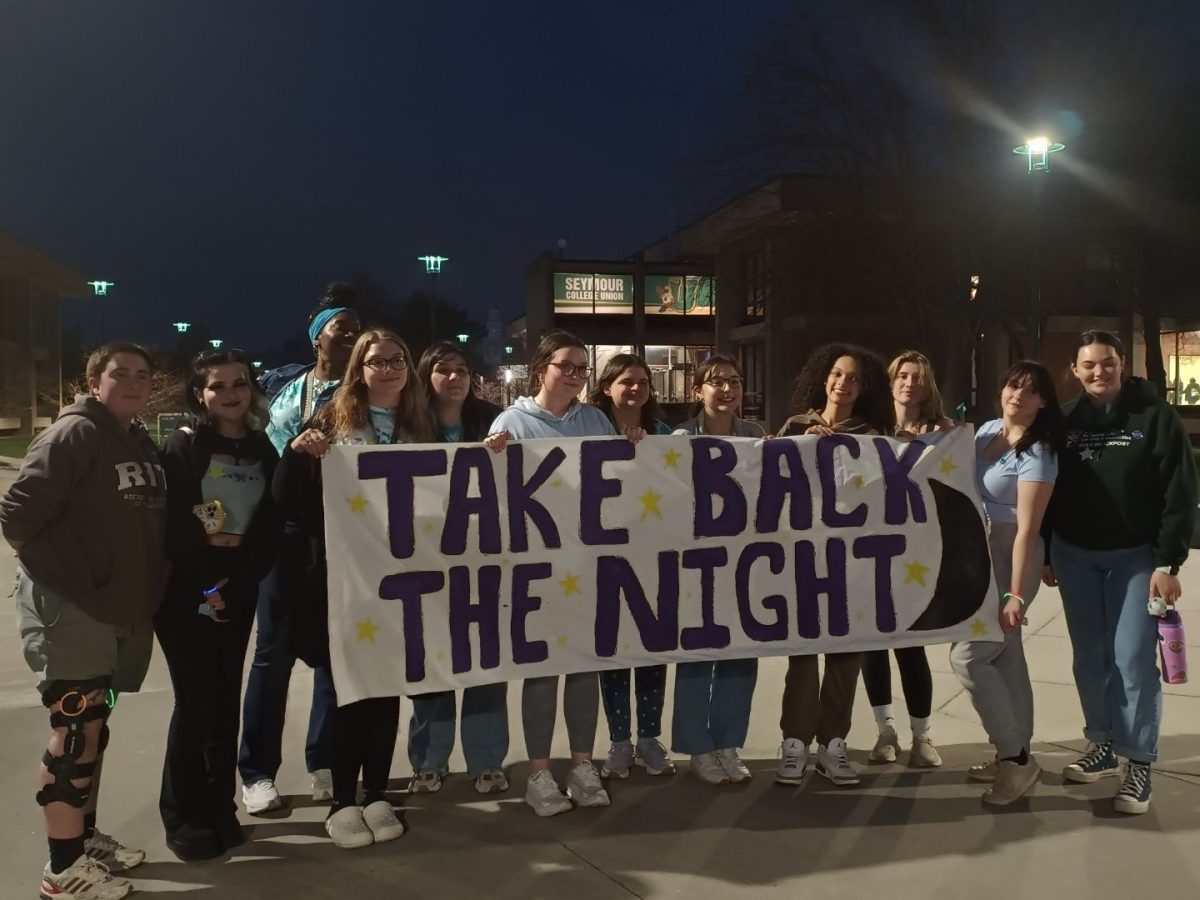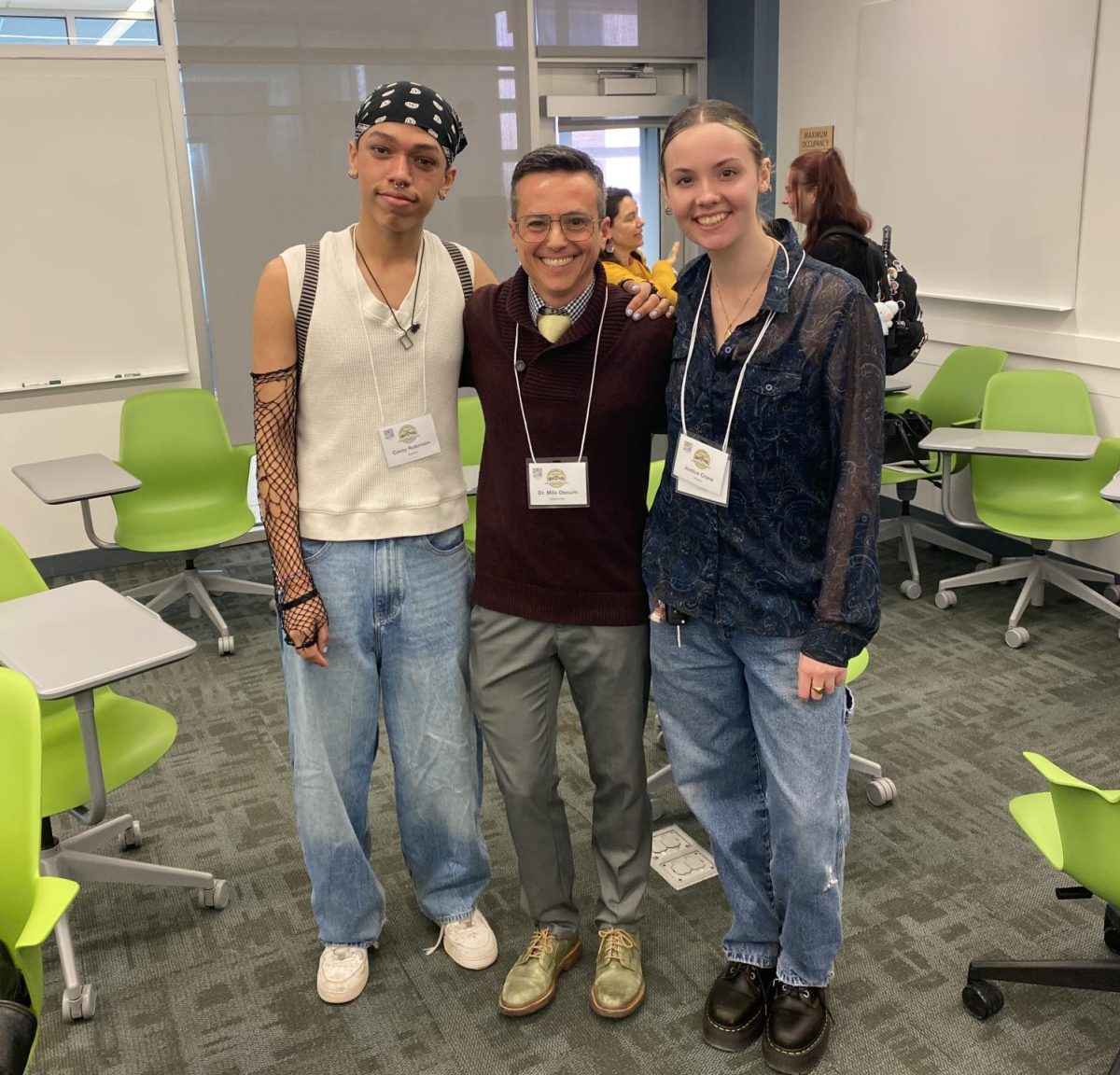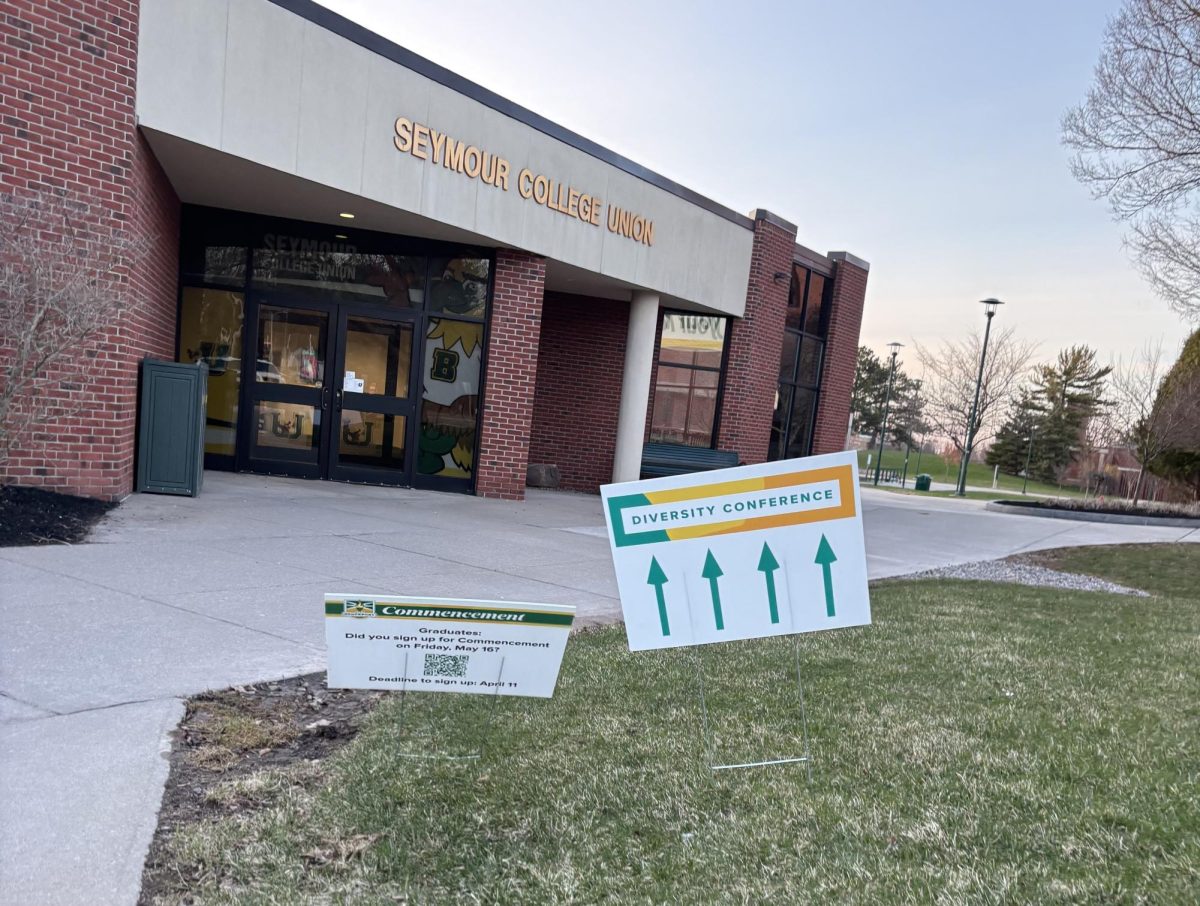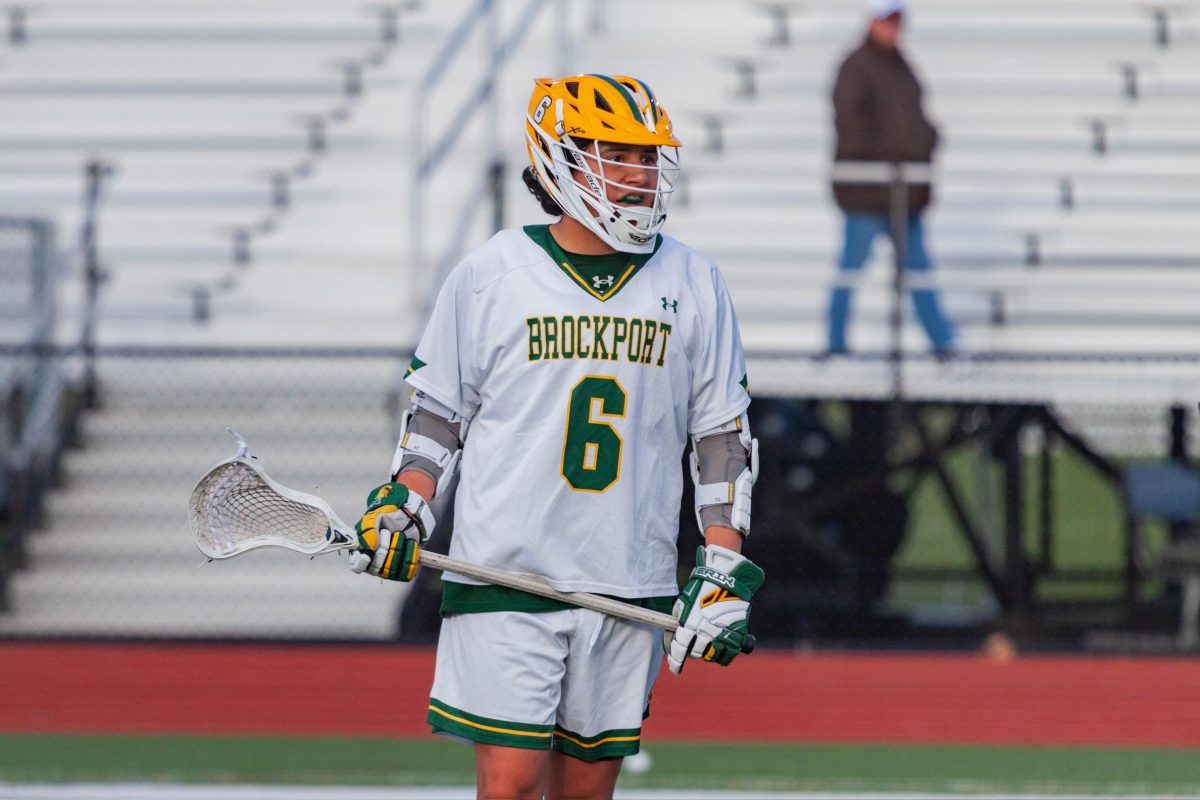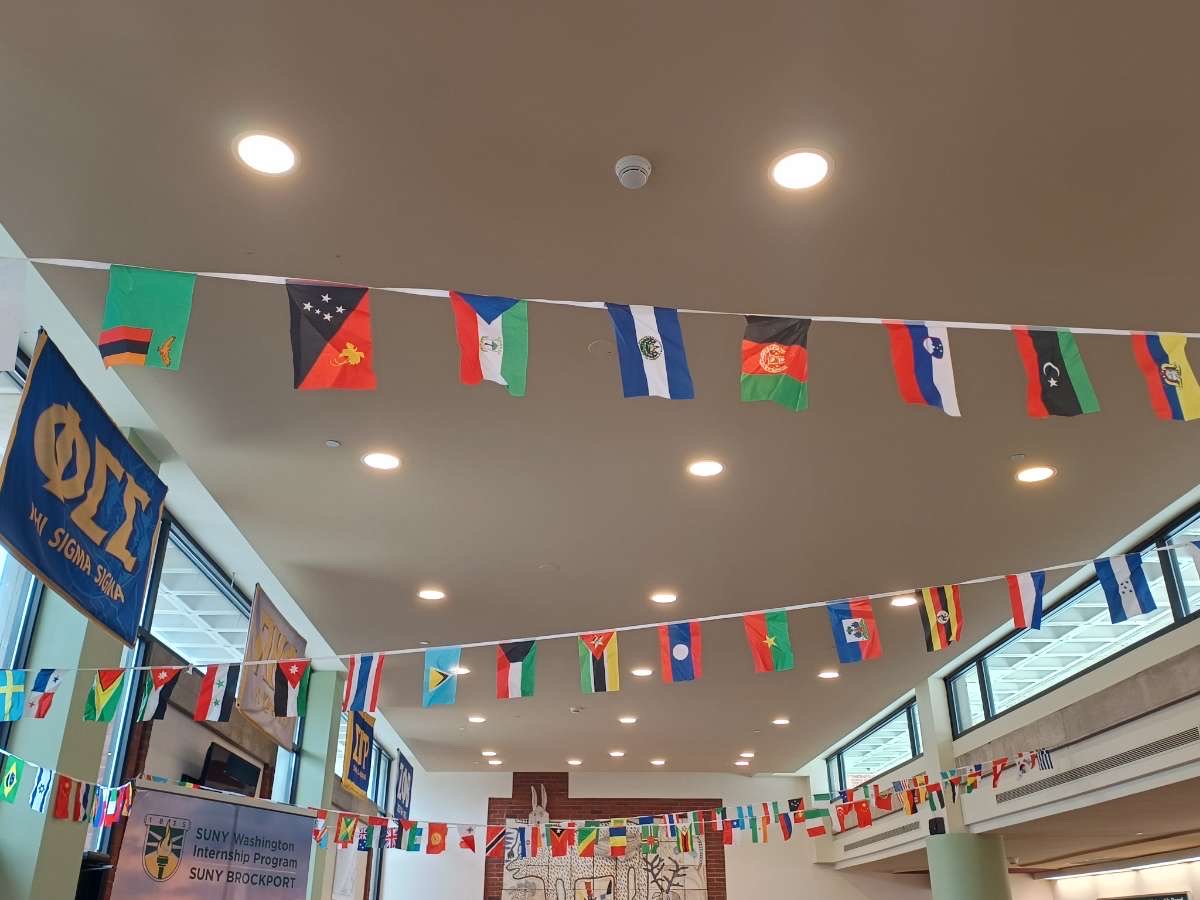By Cambrie Eckert | News Editor
Last month, Indigenous peoples across the nation came together to celebrate Native American Heritage Month. However, for those like SUNY Brockport senior Nelson Logan, November isn’t different than any other month.
“I’m Native every month,” Logan said. “As many Natives as there are around, a lot of people don’t know we’re still here, so I think it’s cool to have some recognition. At the same time, I don’t want recognition for just being Native.”
Logan is Hodinöhso:nih or Haudenosaunee (Iroquois), meaning “People of the Longhouse.” As a member of the Tonawanda Band of Seneca (Onöndowa’ga), Logan is a part of one of three federally recognized tribes in the United States. His Native name is Hanähdi:yo:h, which roughly translates to “He is a Good Leaf.”
Tonawanda consists of eight different clans; Logan’s dad is Bear Clan and his mom is a part of Snipe Clan. As a matriarchal society, clans are passed down from the mother, which is why Logan is Snipe Clan. Clan Mothers hold the most power and choose the Tribal Chief, and according to Logan, his grandmother was once the Bear Clan Mother.
In an effort to be more proactive and respectful to local Indigenous communities, SUNY Brockport has publicly given a statement recognizing and acknowledging the stolen Onöndowa’ga land the college is built upon.
The college’s land acknowledgement states: “The Department of Anthropology acknowledges with respect the Indigenous peoples on whose lands SUNY Brockport now stands, the Onöndowa’ga (Seneca) Nation of the Haudenosaunee (Iroquois) Confederacy. As an academic community, we are dedicated to recognizing and promoting Indigenous peoples’ rights in our teaching and scholarship. We support the inclusion of Indigenous students, staff and faculty on our campus.”
SUNY Brockport anthropology professor Christine Zinni believes it’s important to recognize and acknowledge this.
“It’s important to learn about the land, acknowledge that Brockport is built upon Haudenosaunee land and raise awareness about this,” Zinni said. “We need to bring more focus to the voices of Native peoples. I try to do this by bringing in and using different readings like books and articles written by Native Americans to bring in their perspective to my classes.”
Logan believes the school could do more for Indigenous students.
“A club would be awesome, but it would have to be more inclusive,” Logan said. “If a club is made, it would need to include all Indigenous peoples, not just Seneca. There might be a Native student who isn’t from around here, and I don’t think they should be excluded from that. Everyone should be welcome.”
While there are currently no Indigenous clubs or organizations on campus, lacrosse is a central sport to Indigenous culture, and Logan plays for the men’s lacrosse team at the college.
“Lacrosse has its roots and origin in Native culture, especially among the Haudenosaunee. The lacrosse game was first played by Haudenosaunee peoples and other Woodland peoples of this region,” Zinni said.
Last year, the cultural coordinator of Ganondagan Ansley Jemison came to speak to SUNY Brockport students on Indigenous Peoples’ Day about the Haudenosaunee roots in lacrosse. According to Zinni, this event was sponsored by the Intercultural Center and the Anthropology Club and Department.
From cradle to grave, lacrosse is everything to Logan.
“When you’re born, every boy is given a wooden stick,” Logan said. “From there, it’s hard not to fall in love with the game. If you see a kid walking around on the reservation, most of the time they’re going to have a stick in one hand.”
Historically, lacrosse is a ceremony that has been used to cement friendships and strengthen the bond between people.
“Lacrosse in general has always been there for me,” Logan said. “It holds a special place in my heart, and honestly, I would not be in college without lacrosse. A lot of kids don’t make it off the reservation because we’re such a tight-knit community within a tight-knit community, so it’s really hard to leave. I credit lacrosse as the reason why I was able to see things I wouldn’t have otherwise.”
According to Logan’s beliefs, lacrosse was put on the Earth for the Creator’s enjoyment.
“It’s called the Creator’s Game,” Logan said. “He put it on the Earth for us to play for his enjoyment, which is how we see it. It’s a fun sport to play, although I may be biased since I’ve played lacrosse for 18 or 19 years now, give or take.”
While it has been hard for Logan to find others at the college that are as dedicated to the sport as he is, his coach understands the significance behind it.
“It’s hard to articulate to my teammates how much lacrosse means to me,” Logan said. “My dad played, my cousins played, my uncles…everyone. Everyone I know has played at least once in their lives and my coach understood that. He understood why I play lacrosse and how much it means to me. It’s more than just a game or a sport.”
Currently, Logan is majoring in Sports Management, with hopes of working with lacrosse and helping other Native kids like him back on the reservation.


